Times New Roman font, one of the most recognizable serif typefaces, was commissioned by The Times of London in 1931. Stanley Morison led the design process, which was executed by Victor Lardent of The Times’ advertising department.
The typeface was first released for commercial use in 1933 after debuting in the newspaper in October 1932. It quickly became popular for its legibility, space economy, and versatility, making it suitable for various publishing needs. The typeface has undergone several updates.
Times New Roman Font Live Preview Customizer:
Hello World!
Note: Download Only for Practice or Personal Use.

Times New Roman Font Family Includes:
- Times New Roman Pro Condensed
- Times New Roman Pro Condensed Italic
- Times New Roman Pro Condensed Bold
- Times New Roman Pro Regular
- Times New Roman Pro Italic
- Times New Roman Pro Medium
- Times New Roman Pro Medium Italic
- Times New Roman Pro Semi Bold
- Times New Roman Pro Semi Bold Italic
- Times New Roman Pro Bold
- Times New Roman Pro Bold Italic
- Times New Roman Pro Extra Bold
Times New Roman Font Info Table:
| Name: | Times New Roman Font |
| Format: | ttf |
| Files Count: | 4 |
| Size: | 279 KB |
| Style: | Serif |
| License: | Practice/Personal Use Only |
| Get for Commercial | Visit Original Source -> |
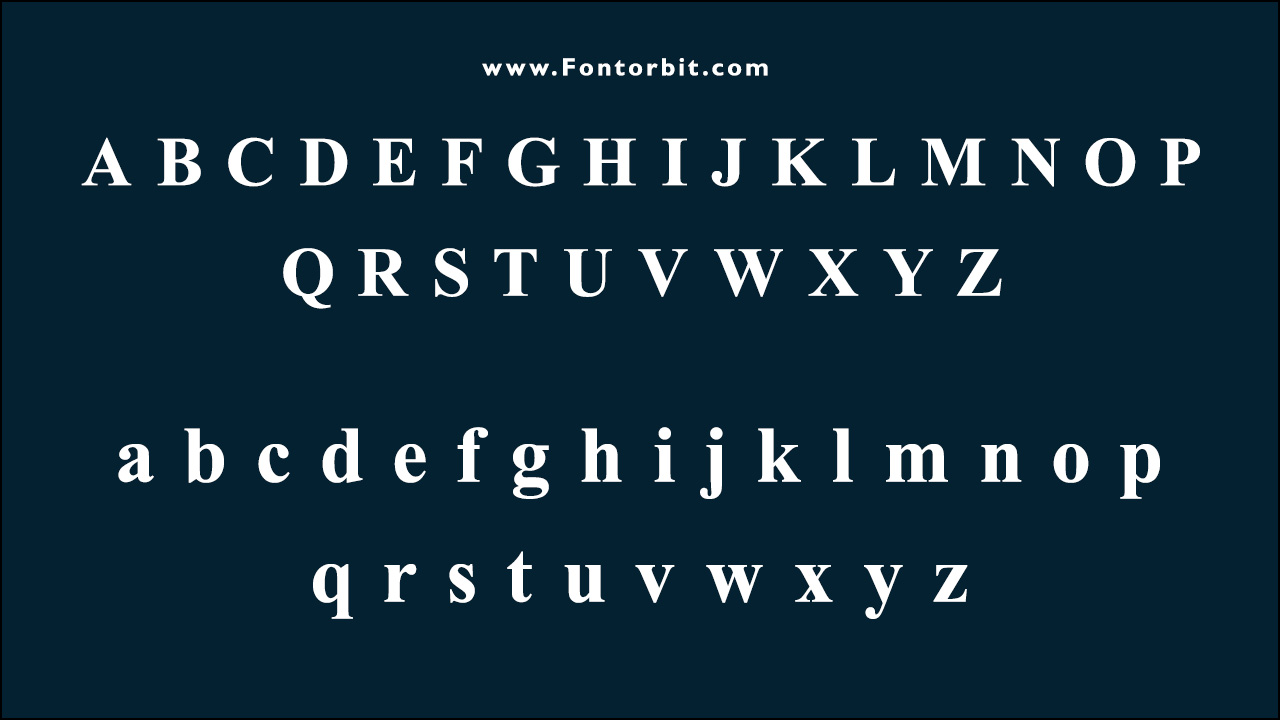
Notable Uses Of Times New Roman
Since its inception, various media have widely used Times New Roman. Due to its readability and classic appearance, it remains a staple in academic publications, newspapers, and official documents. The font has also been popular in book publishing, including fiction and nonfiction. It has been the default typeface for many government documents and is often recommended for professional correspondence, proposals, and reports.
- Websites
- E-books
- Academic Journals
- Textbooks
Times New Roman Found In Use:
Times New Roman, originally designed for The Times of London, enhances readability and modernizes appearance. It’s widely used in academic and professional publishing, government documents (U.S. Department of State until 2023 and the Russian Federation), and digital media, known for its clarity and formal tone.
Similar Font Options
- Nimbus Roman
- Liberation Serif
- Georgia
- Linux Libertine
- STIX Two
- FreeSerif
- TeX Gyre Termes
- TeX Gyre Termes Math
- Bitstream Cyberbit
- Doulos SIL
- PT Astra Serif
Times New Roman Font Character Map:
| A | B | C | D | E | F | G | H | I | J | K | L | M |
| N | O | P | Q | R | S | T | U | V | W | X | Y | Z |
| a | b | c | d | e | f | g | h | i | j | k | l | m |
| n | o | p | q | r | s | t | u | v | w | x | y | z |
| 0 | 1 | 2 | 3 | 4 | 5 | 6 | 7 | 8 | 9 | |||
| . | , | : | ; | @ | # | ! | - | / | ? | < | > | |
| & | * | ( | ) | [] | $ |
Last Words
Times New Roman continues to be a versatile and reliable choice for various applications. Its enduring popularity is due to its readability, professional look, and widespread availability as a default font in many software packages. For print or digital media, Times New Roman remains a trusted typeface that blends tradition and clarity.
FAQs
1.Who Designed Times New Roman?
Stanley Morison and Victor Lardent designed Times New Roman in 1931 for The Times of London.
2.What Is Times New Roman Commonly Used For?
Due to its readability and professional appearance, it is commonly used in newspapers, books, academic papers, and government documents.
3.Are There Free Alternatives To Times New Roman?
Yes, some free alternatives include Nimbus Roman, Liberation Serif, and Linux Libertine.
4.When Was Times New Roman First Released?
The typeface was first released for commercial use in 1933 after debuting in The Times of London in 1932.
5.Why Is Times New Roman So Popular?
Its popularity stems from its readability, versatile use, and inclusion as a default font in most word-processing software.
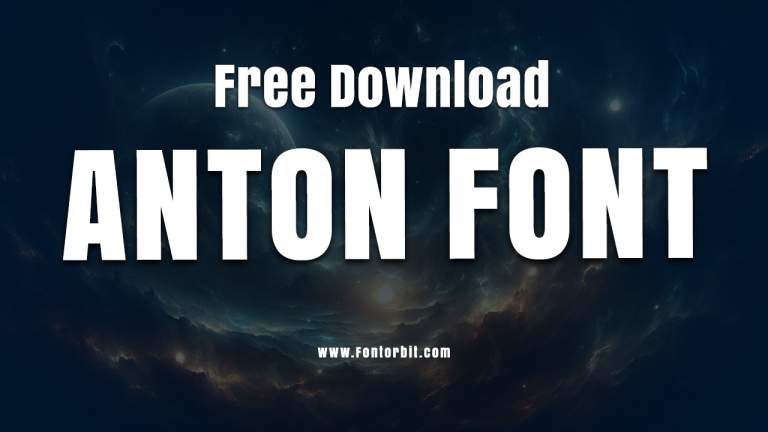

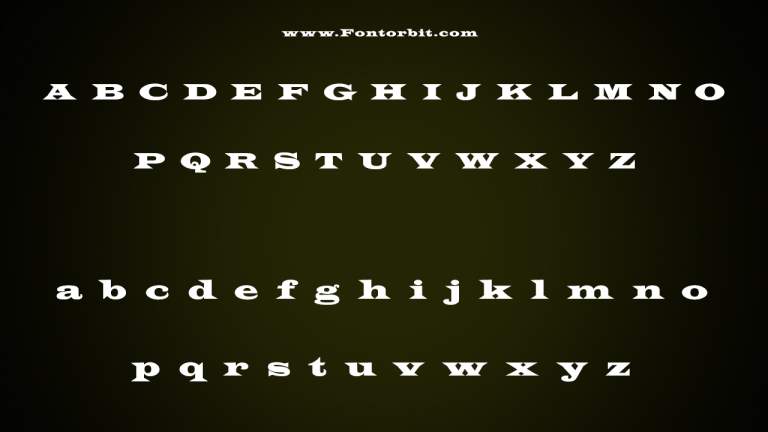
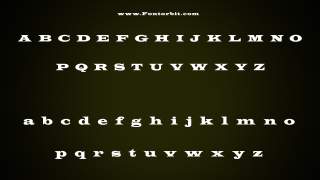


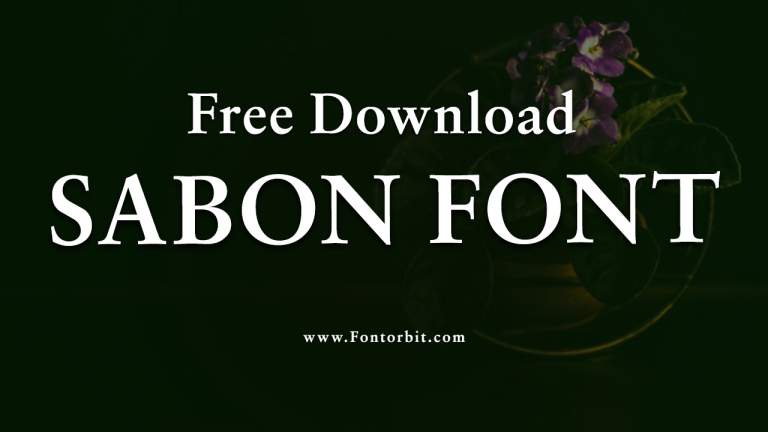
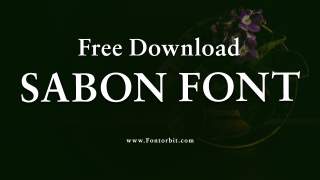


Leave a Comment